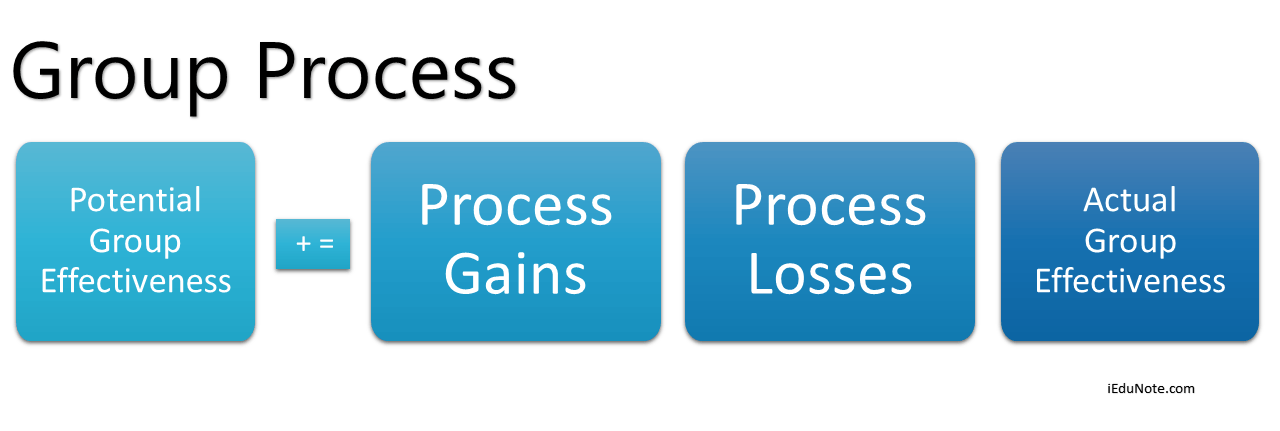4 Theories of learning are Classical Conditioning, Operant Conditioning, Cognitive Theory, and Social Learning Theory. Learning is the individual growth of the person as a result of cooperative interaction with others.
The advancement of understanding enables the learner to function better in their environment, improve and adapt behaviors, create and maintain healthy relationships, and achieve personal success.
Learning has taken place if an individual behaves, reacts, and responds taken from others as a result of experiencing a change in behavior or formerly behavior.
Discover the key theories of learning: Classical Conditioning, Operant Conditioning, Cognitive Theory, and Social Learning Theory.
Classical Conditioning
Classical conditioning is a type of conditioning in which an individual responds to some stimulus that would not ordinarily produce, such a response.
It is the process of learning to associate a particular thing in our environment with predicting what will happen next.
Classical conditioning, the association of such an event with another desired event resulting in behavior, is one of the easiest-to-understand learning processes.
When we think of classical conditioning, the first name that comes to mind is Ivan Pavlov, a Russian psychologist.
The normal stimulus for a flow of saliva is the taste of food. But often, the mouth waters at the mere sight of a luscious peach on hearing it described or even thinking about it. Thus, one situation is substituted for another to elicit behavior.
This is called conditioning. In the case of classical conditioning, a simple surgical procedure allowed Pavlov to measure accurately the amount of saliva secreted by a dog.
When Pavlov presented one dog with a piece of meat, the dog exhibited a noticeable increase in salivation. When Pavlov withheld the presentation of meat and merely rang a bell, the dog did not salivate.
Then Pavlov proceeded to link the meat and the ringing of the bell. After repeatedly hearing the bell before getting the food, the dog began to salivate as soon as the bell rang. After a while, the dog would salivate merely at the sound of the bell, even if no food was offered.
In classical conditioning, learning involves a conditioned stimulus and an unconditioned stimulus. Here, the meat was an unconditioned stimulus; it invariably caused the dog to react in a specific way.
The unconditioned response was the reaction that took place whenever the unconditioned stimulus occurred. Here, the bell was a conditioned stimulus.
When the bell was paired with the meat, it eventually produced a response when presented alone. This is a conditioned response.
Operant conditioning
The second type of conditioning is called operant conditioning.
Here, we learn that a particular behavior is usually followed by a reward or punishment as Pavlov did for classical conditioning; the Harvard psychologist B.F. Skinner did this for operant conditioning.
Operant conditioning argues that one’s behavior will depend on different situations. People will repeatedly behave in a specific way from where they will get benefits.
On the other hand, they will try to avoid a behavior from which they will get nothing. Skinner argued that creating pleasing consequences for specific behavior forms would increase that behavior’s frequency.
In one famous experiment displaying operant learning, psychologist B.F. Skinner trained rats to press a lever to get food. In this experiment, a hungry rat was placed in a box containing a lever attached to some concealed food.
At first, the rat ran around the box randomly.
In this process, it happens to press the lever, and the food is dropped into the box. The dropping of food reinforced the responsibility of pressing the lever.
After repeating the process of pressing the lever, followed by dropping off food many times, the rat learned to press the lever for food.
People will most likely engage in desired behaviors if they are positively reinforced for doing so. Rewards are most effective if they immediately follow the desired response. Also, behavior that is not rewarded, or is punished, is less likely to be repeated.
For example, suppose you are an employee of ‘X’ Bank limited. Your Branch Manager has announced in a meeting that you will get a bonus if you bring a $100,000,000 deposit to the bank.
You worked hard and found that you have done this successfully.
But when the time comes, you find that you are given no bonus for your hard work, which increases the bank’s deposit by $100,000,000.
In the next year, if your manager again tells you about the hard work.
Maybe you will be stopped because you did not receive anything for it last year. Many activities we engage in during everyday life can be classified as operant.
Turning your key in a lock, writing a letter, saying “I Love You” to your wife, calling parents on the telephone all of these are operant acts, operant in this sense that we do them in anticipation of reward, which acts as a reinforcer for the commission of these behaviors.
Cognitive Theory
Cognition refers to an individual’s thoughts, knowledge of interpretations, understandings, or ideas about himself and his environment.
This is a learning process through active and constructive thought processes, such as practicing or using our memory.
One example might be that you were taught how to tell time by looking at a clock.
Someone taught you the meaning of the big hand and little hand, and you might have had to practice telling the time when you first learned it.
This process of learning was entirely inside your mind and didn’t involve any physical motions or behaviors. It was all cognitive, meaning an internal thought process.
The theory has been used to explain mental processes as they are influenced by both intrinsic and extrinsic factors, which eventually bring about learning in an individual.
Cognitive learning theory implies that the different processes concerning learning can be explained by analyzing the mental processes first.
It imagines that with effective cognitive processes, learning is easier and new information can be stored in the memory for a long time.
On the other hand, ineffective cognitive processes result in learning difficulties that can be seen anytime during an individual’s lifetime.
Social Learning Theory
The social learning theory, also called observational learning, stresses the ability of an individual to learn by observing what happens to other people and just by being told about something.
One can learn things by observing models, parents, teachers, peers, motion pictures, TV artists, bosses, and others.
Many patterns of behavior are learned by watching the behaviors of others and observing its consequences for them. In this theory, it is said that the influence of models is the central issue.
4 processes have been found to determine a model’s influence on an individual.
These processes are:
Attention process
People learn from a model only when they recognize and pay attention to its critical features.
If the learner is not attentive, they will not be able to learn anything. We tend to be most influenced by attractive models, repeatedly available, which we think are important or see as similar to us.
Retention process
A model’s influence depends on how well the individuals remember the model’s actions after the model is no longer readily available.
Motor reproduction process
After a person has seen a new behavior by observing the model, the watching must be converted to doing. It involves recalling the model’s behaviors, performing actions, and matching them with the model’s.
This process then demonstrates that the individual can perform the modeled activities.
Reinforcement process
Individuals are motivated to exhibit the modeled behavior if positive incentives or rewards are provided. Positive reinforcement behavior is given more attention, learned better, and performed more often.
At last, we can say that social learning theory is a function of consequences. It also acknowledges the existence of observational learning and the importance of perception in learning.
In this case, a person who wants to learn should identify the target behavior and select the appropriate model and modeling medium. Then he/she should create a favorable learning environment and observe the model.
Here the learners will try to remember and use practically the observed behavior if a positive reinforcement related to this behavior.

